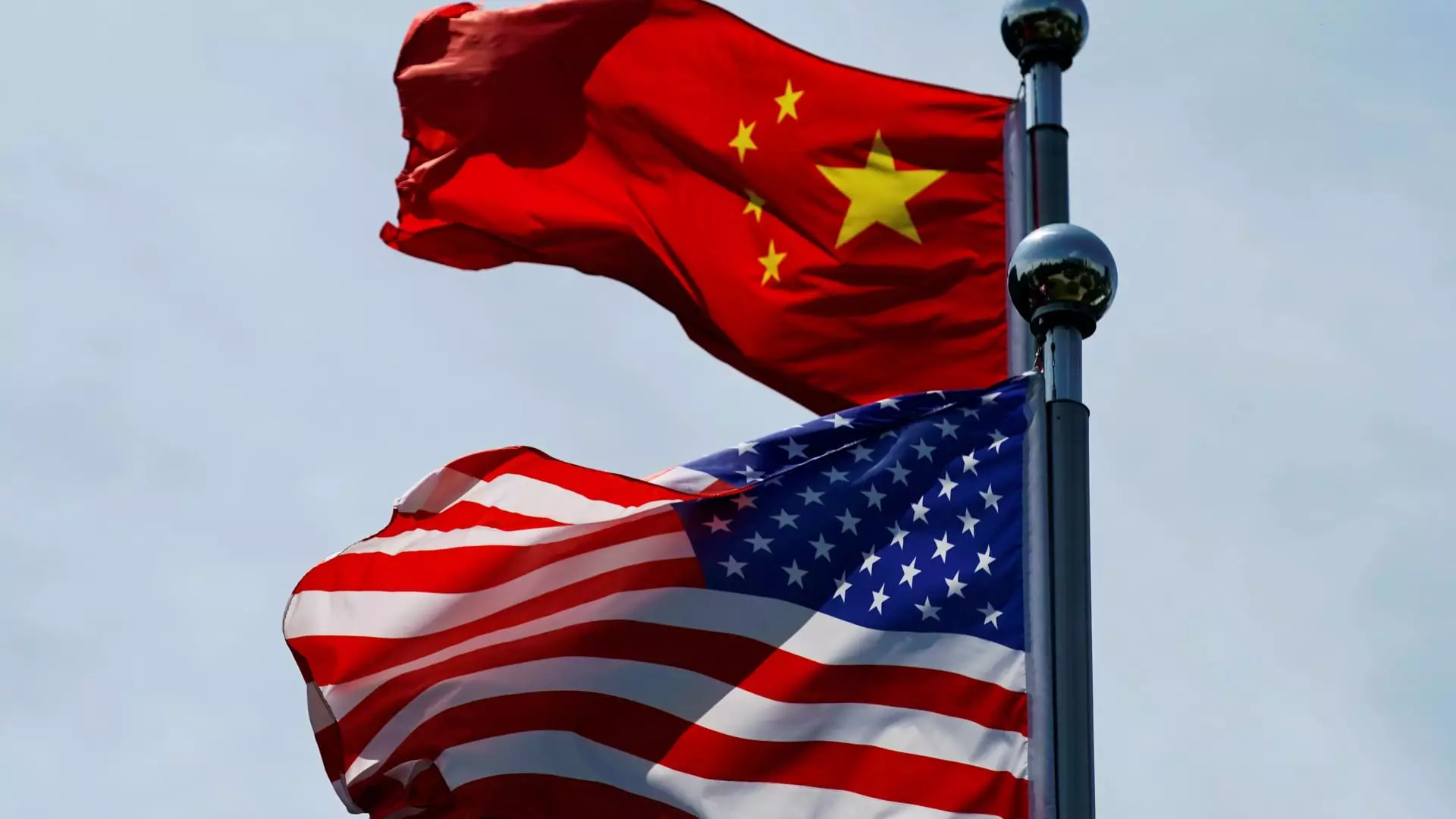The current crisis surrounding rare earth exports presents an arduous challenge for industries worldwide, hinged predominantly on the dominance of China in the mining and exportation of these essential minerals. Rare earth elements, alongside other crucial minerals, form the backbone of various sectors, including automotive, aerospace, and high-tech industries. Their applications range from manufacturing electric vehicle batteries, highly efficient chips, to advanced weaponry. The recent dialogue between U.S. and Chinese leadership—though pivotal—has yet to yield meaningful resolutions that could avert a looming industrial slowdown this summer. As such, this predicament is reshaping the global economic landscape and revealing stark vulnerabilities in supply chains.
China’s Strategic Maneuvering
China’s role in the rare earth market is not merely that of a supplier; it is a calculated player leveraging its geopolitical influence. The recent imposition of export controls on seven key rare earth elements so emblematic of this strategy reflects more than regulatory intent—it signals a potential trade weapon in ongoing tensions with the U.S. healthcare, technology, and automotive mandates are already shifting as businesses confront the stark reality of diminishing supplies. This dynamic was exacerbated by an unexpected failure to roll back the restrictions anticipated after the high-profile U.S.-China trade agreement was signed, showcasing a clear disconnect between diplomatic relations and market realities.
With many companies forecasting the exhaustion of their rare earth inventories within months, the urgency to reconcile these export restrictions has transformed into a scramble for clarity. The U.S. Chamber of Commerce’s findings—that a staggering 75% of affected industries anticipate running dry of supplies—underscore the gravity of the situation. These statistics indicate that if left unaddressed, numerous sectors may face operational paralysis within the year, propelling ripple effects across economies heavily reliant on these materials.
The European Dilemma
While American companies brace for impact, Europe is similarly ensnared in this rare earth crisis. Major auto parts manufacturers and producers in Europe have already felt the grim touch of supply chain interruptions. Industry associations such as CLEPA have voiced strong concerns, emphasizing the inadequacy of China’s incremental easing of controls as insufficient to avert widespread production disruptions. With only a fraction of export applications having received approval, European businesses find themselves caught in a holding pattern that jeopardizes entire production lines and threatens the stability of their markets.
This situation compels European leaders to reassess their dependency on China, spurring discussions around diversification of supply sources and resilience-building efforts within domestic markets. The conflict invites a broader examination of how reliant the global economy has become on a singular player, posing critical questions about strategic autonomy and national security in resource-dependent sectors.
U.S.-China Relations: A Fragile Balance
The U.S.-China relationship, characterized by a fragile balance of cooperation and contention, underscores the complexities surrounding these export controls. President Trump’s assertion that the nations are in “very good shape” regarding their trade deal might seem optimistic, but it belies the undercurrents of suspicion and retaliatory tactics that have increasingly come to define this partnership. The strategizing involving U.S. Treasury officials and their counterparts in China hints at diplomatic avenues yet to be fully explored, yet these talks must overcome entrenched political ideologies and wary national security concerns.
Analysts posit that both nations might leverage rare earth supply negotiations in exchange for leniency on technology exports—indicative of a chess game where each party seeks strategic gains. The notion that the battle lines over tariffs are increasingly being drawn along non-tariff issues highlights the evolving nature of this economic warfare. As these two titans navigate their fraught relationship, the stakes extend well beyond bilateral trade, influencing global economic stability.
Future Implications: Navigating an Uneasy Path Ahead
The ramifications of these uncertainties will likely cast long shadows over various industries as we move deeper into 2023. As automakers like Suzuki confront immediate production halts, one must consider not only the immediate impacts but also the long-term shifts in sourcing strategies for critical minerals. The rare earth crisis compels stakeholders across sectors not just to adapt, but to innovate in how they approach material procurement, production efficiencies, and geopolitical risk management.
Beneath the surface of these constraints lies a transformative potential: to redesign global supply chains to be more resilient, foster indigenous capabilities, and implement strategic partnerships that transcend mere transactional relationships. The present crisis offers a catalyst for industries to pivot from dependence to self-sufficiency, moving towards a more diversified future.
As industries grapple with these complex dynamics, they must remain vigilant and engaged, recognizing that the path ahead may be fraught with challenges but also presents unprecedented opportunities for growth, innovation, and collaboration.

